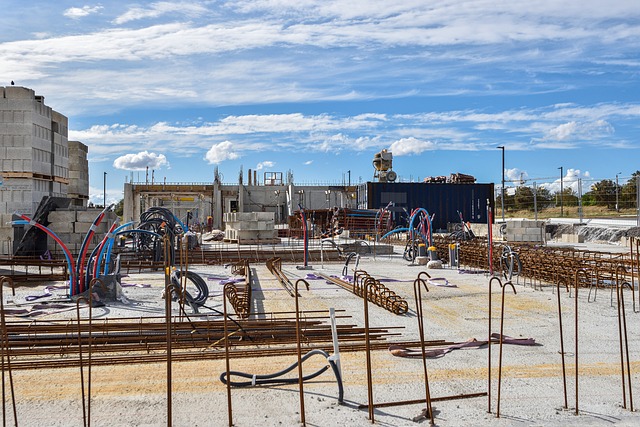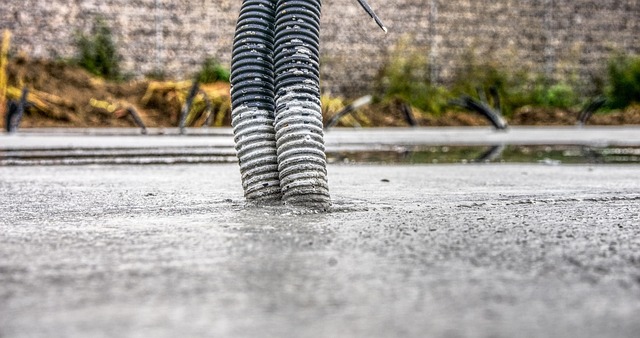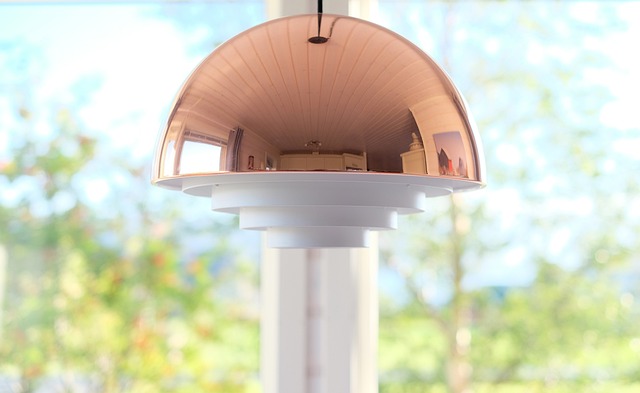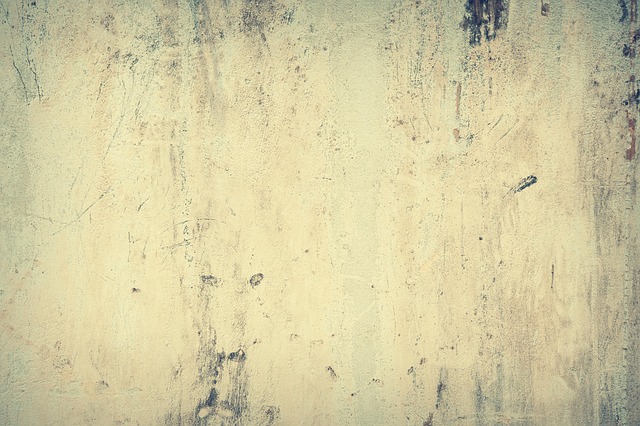Concrete foundation problems caused by soil settlement, water intrusion, or construction flaws can compromise property safety and structure. Early detection through professional evaluation is key. Modern Concrete Foundation Solutions, like carbon fiber reinforcement and epoxy injection, offer non-invasive repairs for cracks and settlement. Advanced techniques such as Helical Pile Installation and Push Piering provide stability for severely damaged foundations. Preventive maintenance, including annual inspections and proper drainage, minimizes future damage. Customized repair strategies, proven successful in historic structures, ensure long-term concrete foundation health and integrity.
“Discovering the secrets to a sturdy home begins beneath your feet—with concrete foundation solutions. This comprehensive guide delves into the heart of the matter, exploring common issues plaguing foundations and presenting effective repair strategies. From identifying subtle signs of damage to understanding the root causes behind these problems, we demystify foundation restoration.
Learn about cutting-edge non-invasive techniques and embrace advanced technology transforming the industry. Furthermore, gain insights into long-term maintenance to prevent future headaches. Prepare for a journey through case studies showcasing successful repairs that have stood the test of time.”
Understanding Concrete Foundation Issues

Concrete foundation issues are common problems that can arise due to various environmental and structural factors, making them a significant concern for homeowners and property managers. One of the primary causes is soil settlement or erosion, which can lead to cracks in the concrete, uneven floors, and even structural damage over time. Water intrusion is another major culprit; excessive moisture can cause concrete to become weaker, resulting in cracks, heaves, and settled floors.
These problems require prompt attention as they not only compromise the aesthetics of a property but also pose potential safety hazards. The good news is that there are effective concrete foundation solutions available to address these issues. By understanding the specific causes, professionals can implement tailored repairs, ensuring the longevity and stability of concrete foundations.
Identifying the Signs of Foundation Damage

Many homeowners often overlook signs of foundation damage, assuming it’s too costly or complicated to address. However, early detection is key when it comes to concrete foundation solutions. Cracks in walls and ceilings are telltale signs that something is amiss beneath the surface. These cracks can vary in size, from hairline fractures to larger gaps, and may appear random or follow a pattern. Other indicators include doors and windows sticking, uneven floors, and slanting walls.
If you notice any of these issues, it’s crucial to investigate further. Foundation problems often stem from various factors like poor soil conditions, excessive moisture, or structural stress. Ignoring these signs can lead to more severe damage, making repairs more complex and expensive. Prompt action and professional evaluation are essential steps towards ensuring your home’s foundation remains sturdy and secure for years to come.
Common Causes of Foundation Problems

Foundation problems are a common concern for many homeowners, and identifying the root causes is the first step towards finding effective solutions. One of the primary reasons for foundation issues is poor initial construction or inadequate concrete foundation solutions. Over time, factors like improper drainage, shifting soil conditions, and excessive moisture can exert pressure on the foundation, leading to cracks, settlement, or bowing walls. These problems might seem minor at first but can escalate if left unattended, causing significant structural damage.
Another common cause is aging foundations that have not been properly maintained. Concrete, like any other material, degrades over time due to exposure to elements, especially in regions with extreme weather conditions. Expansion and contraction of the soil beneath the foundation can also contribute to these issues, leading to misalignments and uneven floors. Addressing these problems promptly using modern concrete foundation solutions is key to ensuring a stable and secure home structure.
Non-Invasive Foundation Repair Methods

Non-invasive foundation repair methods are becoming increasingly popular as concrete foundation solutions, offering a range of benefits over traditional invasive techniques. These methods focus on addressing issues from the surface, without the need for extensive excavation or disruption to the existing structure. One such approach is carbon fiber reinforcement, which involves weaving carbon fibers into the concrete to strengthen it. This technique is particularly effective for repairing cracks and preventing further damage caused by settling or shifting soil.
Another innovative solution is the use of epoxy injection. By injecting a mixture of epoxy resin and hardener into affected areas, engineers can fill and stabilize cracks, providing long-lasting support. Unlike traditional methods that merely mask issues, these non-invasive techniques directly address structural weaknesses, ensuring the integrity and stability of the foundation for years to come.
Advanced Technology in Foundation Restoration

In the realm of foundation repair, technology has emerged as a game-changer, offering innovative solutions to complex issues. Advanced methods like Helical Pile Installation and Push Piering are revolutionizing concrete foundation solutions. These techniques involve using specialized equipment to install steel piles or piers beneath the existing foundation, providing added support and stability. By integrating these cutting-edge approaches, professionals can effectively address settlement issues, uneven floors, and other problems associated with weak foundations.
Moreover, modern technology provides accurate assessments and precise planning for restoration projects. Advanced scanning tools and 3D modeling software enable detailed analysis of the structure, identifying problem areas and guiding the implementation of effective solutions. This ensures that every repair is tailored to the specific needs of the concrete foundation, leading to longer-lasting results and enhanced structural integrity.
Long-Term Solutions and Maintenance Tips

When seeking long-term solutions for concrete foundation repairs, it’s essential to consider preventive maintenance strategies. Regular inspections are key; checking for any signs of damage or settlement at least once a year can help identify potential issues early on. Addressing problems promptly prevents them from escalating and causing more extensive (and costly) repairs in the future.
Effective maintenance also includes keeping the area around the foundation clear of debris and moisture. Regularly inspecting and cleaning drainage systems ensure proper water flow, preventing excessive moisture that could contribute to foundation heaving. Additionally, applying a waterproof membrane or sealer can offer extra protection against moisture intrusion, further safeguarding your concrete foundation solutions from potential damage.
Case Studies: Successful Foundation Repairs

When it comes to foundation repair, case studies offer invaluable insights into successful solutions and best practices. One notable example involves a historic building in a bustling city that was experiencing significant concrete foundation issues due to shifting soil conditions. The challenge required innovative thinking, as traditional methods might have been destructive to the building’s character.
Through careful analysis, engineers implemented a tailored approach using advanced concrete foundation solutions. This involved installing deep pile foundations to stabilize the structure and prevent further movement. The project’s success lies in the combination of modern technology and a deep understanding of the local geological factors. This case highlights how specialized knowledge and customized repair strategies can bring old buildings back to life, ensuring their structural integrity for generations to come.
